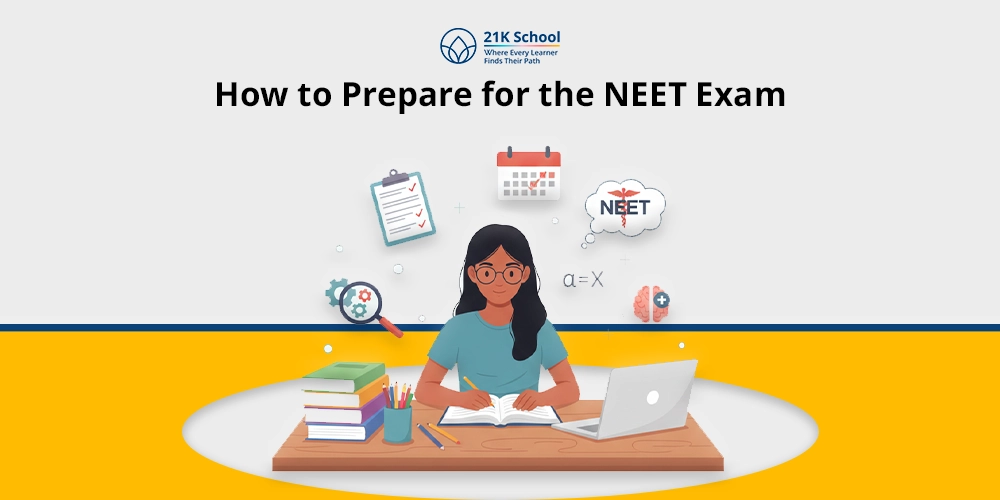
Modern society as a part of the current developed world is under the strong influence of technology and one of the main spheres where the impact of technology is rather noticeable is education .
Schools and educational institutions in the global market today are integrating technological tools to transform learning techniques, effectiveness in teaching, and student performance.
Nevertheless, as often is the case with the progress in the technological field, these come with several difficulties.
This blog explores the advantages and disadvantages of technology in education , offering a balanced view of its impact on modern learning environments.
Contents
- Benefits of Technology in Education
- 1. Access to Vast Educational Resources
- 2. Fostering Independent Learning
- 3. Cost Efficiency
- 4. Promotes Collaborative Learning
- 5. Enhances Student Engagement
- 6. Tailored Learning Experiences
- 7. Strengthens Student-Teacher Relationships
- 8. Supports Self-Paced Learning
- 9. Increases Learning Motivation
- 10. Prepares Students for Future Careers
- 11. Encourages Collaboration and Communication
- 12. Creating Inclusive Learning Environments
- Disadvantages Of Technology in Education
- 1. Technology Can Be Distracting
- 2. Dependence on Technology
- 3. Widening the Digital Divide
- 4. Reduced Face-to-Face Interaction
- 5. Technical Issues and Downtime
- 6. Facilitates Cheating
- 7. Privacy Concerns
- 8. Cybersecurity Threats
- 9. Decreased Physical Activity
- 10. Negative Impact on Health
- 11. Costs and Resource Allocation
- 12. Equity and Inclusion Issues
- Conclusion
Benefits of Technology in Education
With the change in time, technology has proven its importance in almost every field including education . Here, we have come up with 12 highlighted benefits of technology in education –
1. Access to Vast Educational Resources
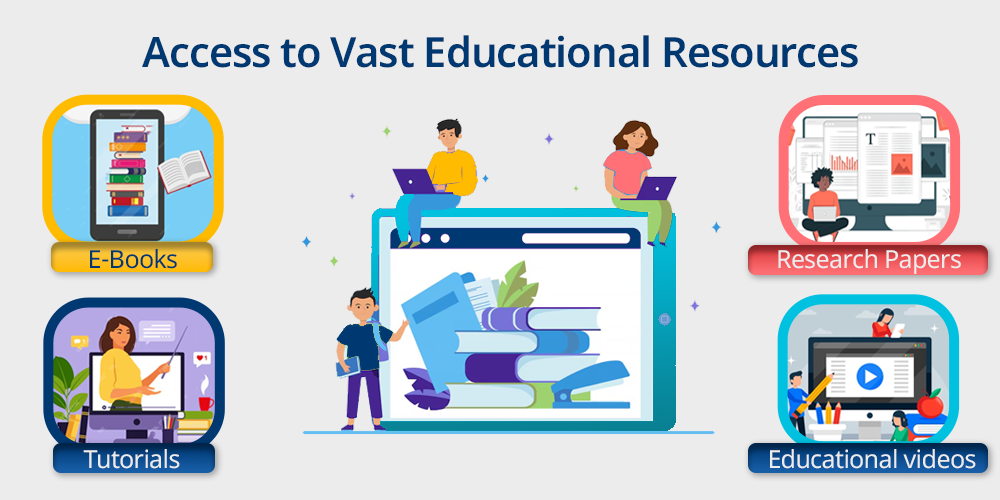
With the help of internet connections students and educators consistently have an introduction to a wide range of educational material.
There is unlimited access to information, and research papers, e-books, tutorials, and even educational videos are available to be obtained from any part of the world.
This broad access in online learning also enables students to pursue other interests apart from those offered in classroom education.
2. Fostering Independent Learning
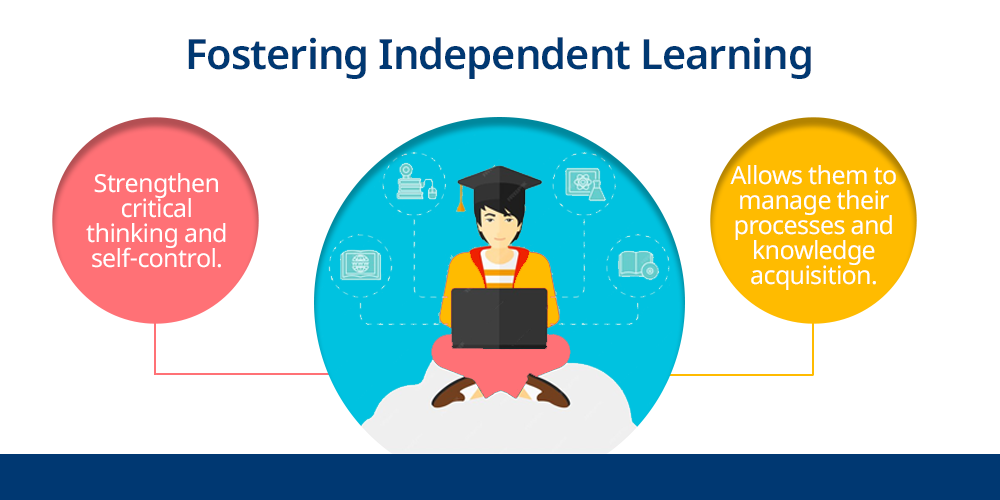
Technology values the independence of students and allows them to manage their processes and knowledge acquisition.
Pre-recorded videos, courses and other forms of material that have been developed to allow students to progress as they wish and dive into topics of interest helps strengthen critical thinking and self-control.
This makes them independent and develops a lifetime of love and appreciation for learning.
Also, Read The Future of Online Education: Emerging Technologies to know how technologies are going to shape the future of education .
3. Cost Efficiency
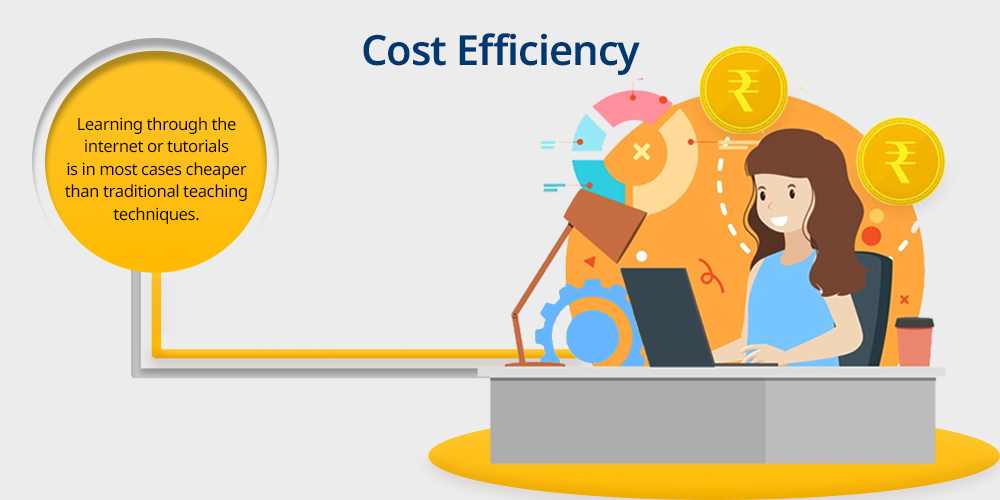
It is important to note that technology-based learning or we can say online schooling is more efficient and cost-effective.
Rather than going for the procurement of textbooks as well as papers, schools, and students can obtain free or relatively cheap e-materials.
Learning through the internet or tutorials is in most cases cheaper than traditional teaching techniques .
4. Promotes Collaborative Learning
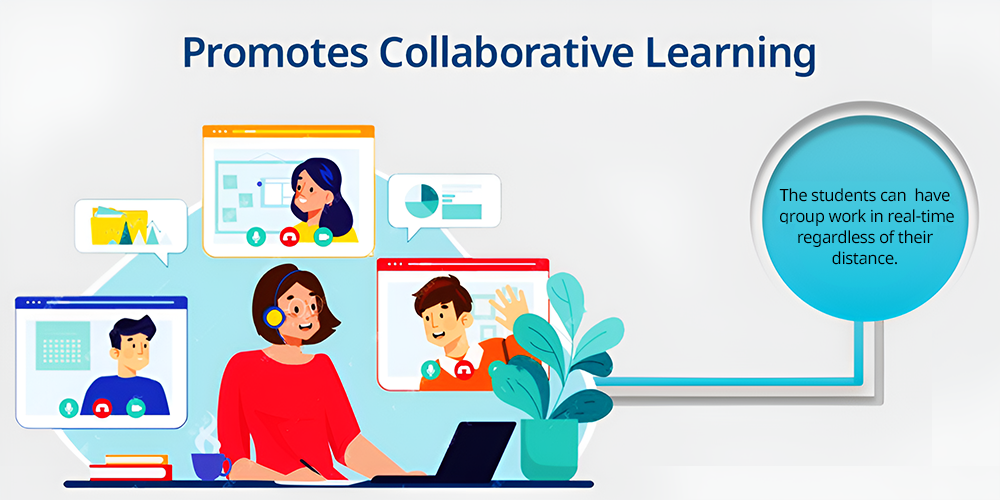
Technology has greatly advanced group work in a very big way.
Using technologies like video conferencing, shared documents, and educational applications, the students can therefore have group work in real-time regardless of their distance.
It makes it develop teamwork, problem-solving and communication skills, key competencies for the modern workplace.
Explore how does technology impact collaboration among students in group projects .
5. Enhances Student Engagement
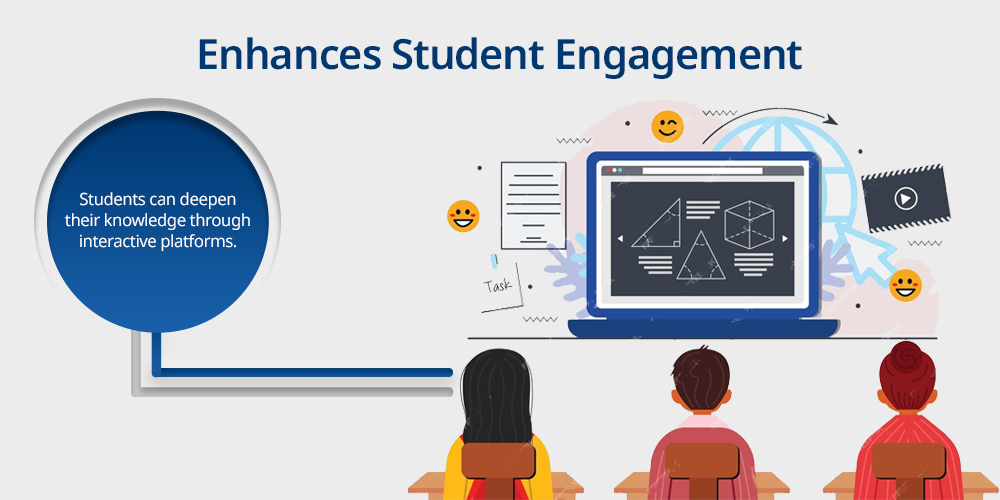
Students can deepen their knowledge through interactive platforms, combined with elements of a game, as well as through the use of multimedia products.
Fun in learning always enhances student engagement . Using videos, simulations and, and virtual reality can help the educators to make the lesson more interesting and clearer to unit.
6. Tailored Learning Experiences
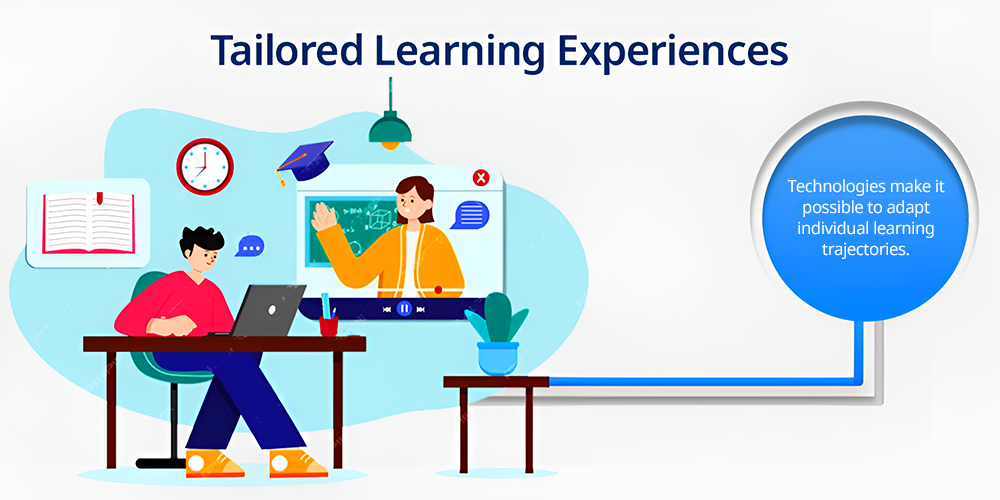
Technologies make it possible to adapt individual learning trajectories.
Adaptive learning software provides an opportunity to use individual approaches to share lessons, considering learners’ needs, abilities, and speed.
This can be a guaranteed way that will make the learning experience of each student to be relevant to his or her success.
7. Strengthens Student-Teacher Relationships
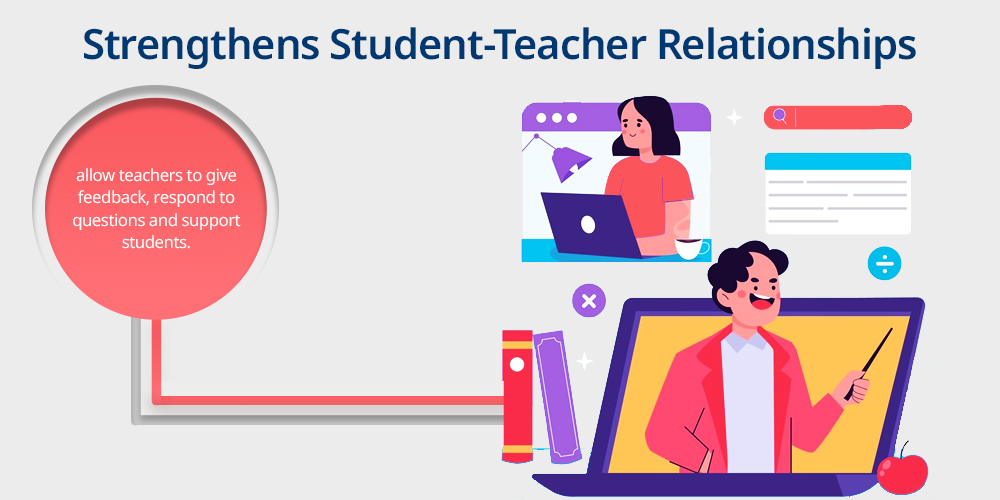
Technology enhances the teacher and student relationship /interaction in class.
Emails, educational messaging and other platforms like LMS allow teachers to give feedback, respond to questions and support students at any point in time, regardless of time or place.
8. Supports Self-Paced Learning
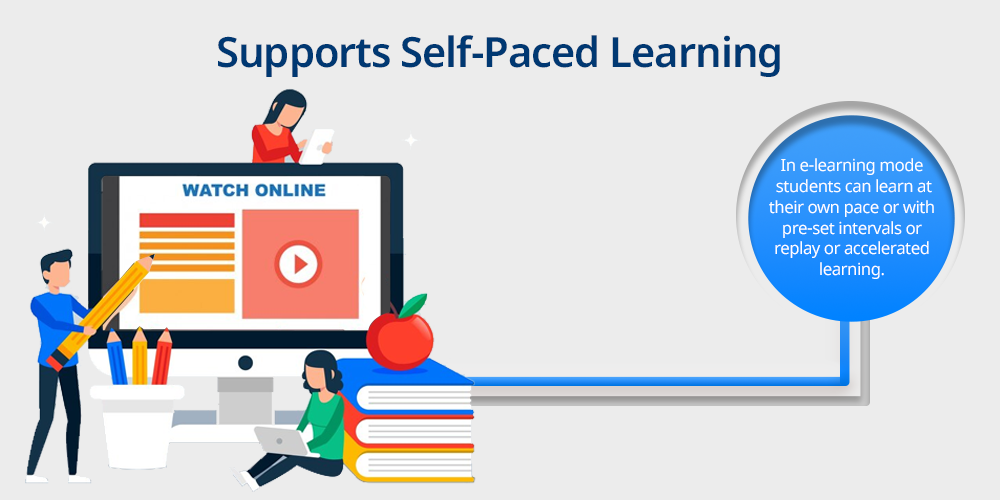
It’s a fact that not all students learn at the same pace and this is an area that technology doesn’t let you down in.
In e-learning mode, students can learn at their own pace or with pre-set intervals or replay or accelerated learning.
This flexibility helps to eliminate pressures and to increase memorization of information.
9. Increases Learning Motivation
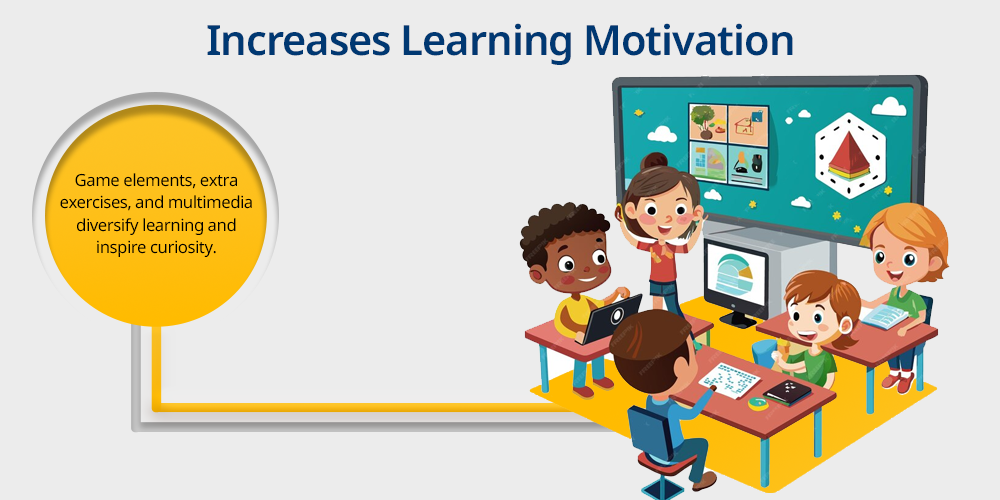
Elements of games included in courses, additional exercises and multimedia information diversify the learning process and inspire curiosity, interest.
There are hundreds of gadgets that can be introduced into use in class and will transform even the most boring topic into an adventurous learning.
10. Prepares Students for Future Careers
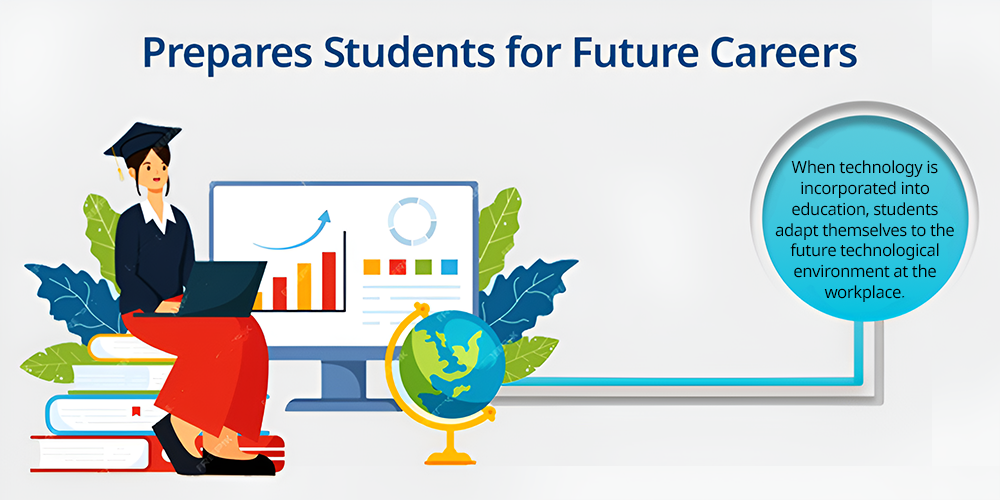
Students need to be ready to be a professional in a technology enhanced environment.
When technology is incorporated into education, students adapt themselves to the future technological environment at the workplace, hence making them better prepared for career opportunities in fields such as IT, business, and communications.
11. Encourages Collaboration and Communication
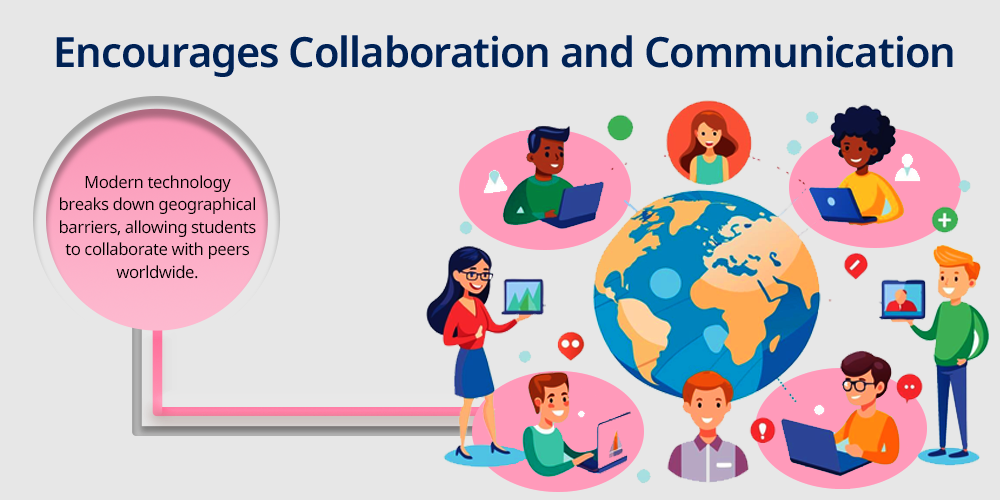
Modern technology breaks down geographical barriers, allowing students to collaborate with peers worldwide.
This fosters communication skills, cultural awareness , and a global mindset, all of which are crucial in today’s interconnected world.
Read Peer-to-Peer Education : What It Is, Benefits & How It Works to discover how collaboration helps in education.
12. Creating Inclusive Learning Environments
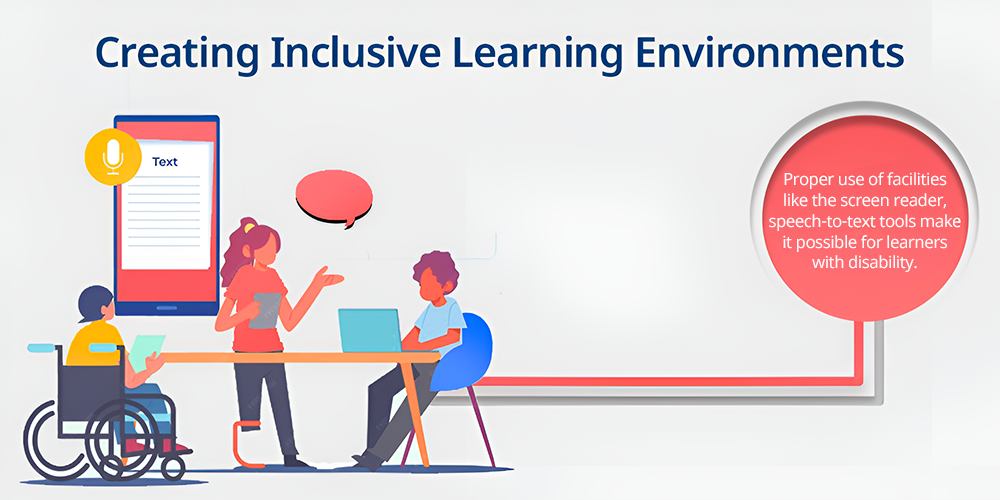
Technology has also enabled flexibility in managing students with learning incapacities through academic provision.
Proper use of facilities like the screen reader, speech-to-text tools make it possible for learners with disability or other learning difficulties to participate in class effectively.
Disadvantages Of Technology in Education
Along with the advantages that technology brings to education, there are some kinds of drawbacks too. Let’s have a look at the disadvantages of technology in education to know how to use it properly.
1. Technology Can Be Distracting
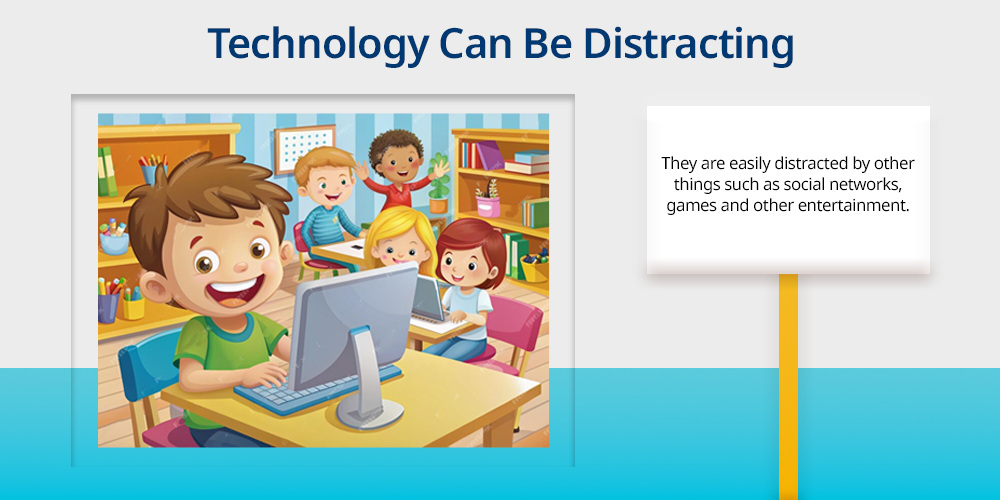
A major negative aspect is that the technology adopted in class often causes distraction among the students.
They are easily distracted by other things such as social networks, games and other entertainment sites thus affecting concentration on a lesson.
2. Dependence on Technology
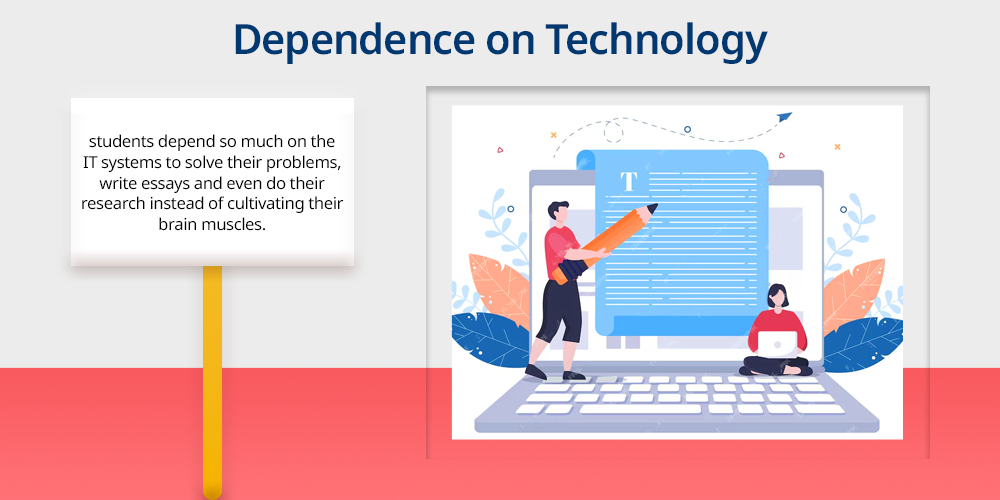
Good example is where students depend so much on the IT systems to solve their problems, write essays and even do their research instead of cultivating their brain muscles to solve problems, think critically, and even write good handwriting.
This is very valid because, in instances that technology is not available or the student fails to use it, the student will be left stuck in the traditional teaching and learning process.
Read, Technology in Education to know more about technology contribution to education and its educational scope.
3. Widening the Digital Divide
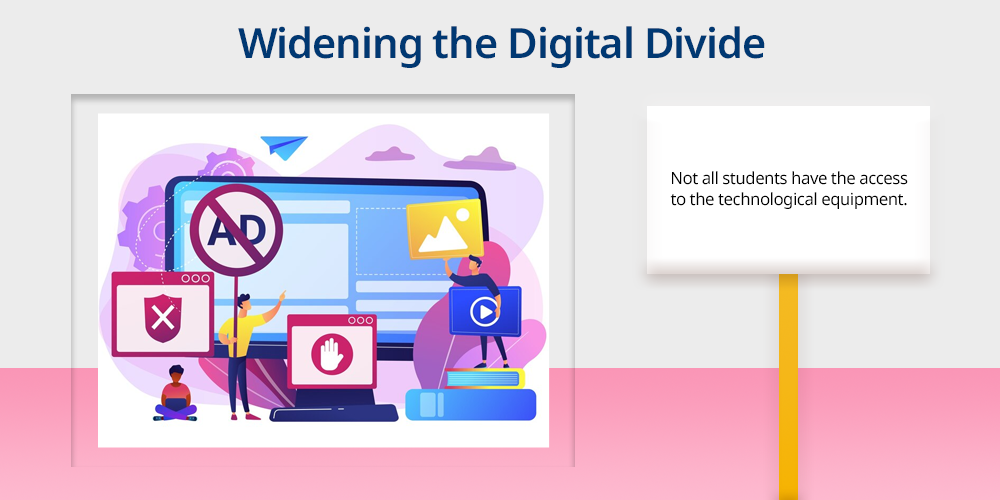
As previously mentioned not all students have the access to the technological equipment.
Sadly the former is often the case where natural resources are scarce; this results in a digital divide where some students are left out.
Owing to this, a number of students may be left stranded and will not have access to some of the most effective tools available in the market.
Learn more about digital technology in education .
4. Reduced Face-to-Face Interaction
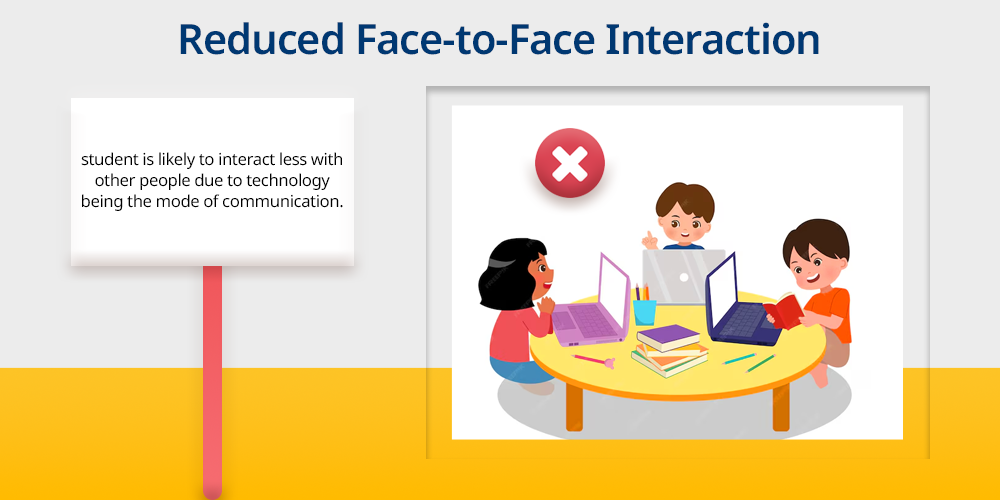
This is especially because the student is likely to interact less with other people due to technology being the leading mode of communication among other things.
It could impact on a child’s interactions with his or her peers, understand their feelings as well as be able to communicate in a normal social setting.
5. Technical Issues and Downtime
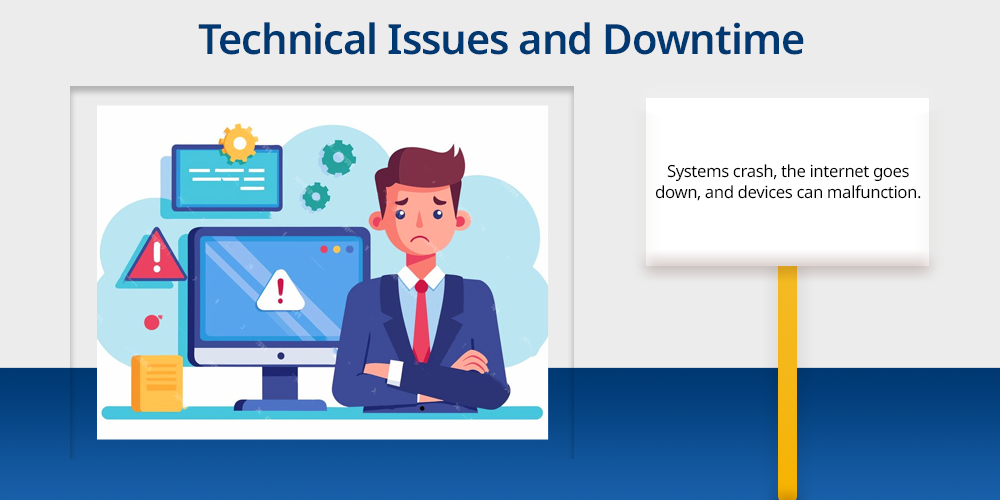
Technology is not foolproof. Systems crash, the internet goes down, and devices can malfunction. Such technical issues can disrupt lessons and cause frustration among both teachers and students.
6. Facilitates Cheating
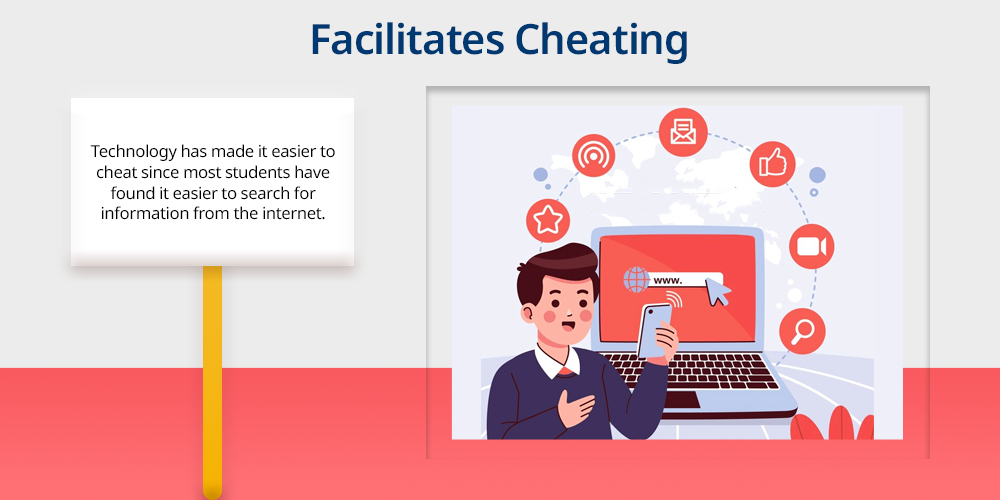
Technology has made it easier to cheat since most students have found it easier to search for information from the internet.
Students can easily find information on the internet and then simply cut and paste into various papers thus reducing on learning and being dishonest.
7. Privacy Concerns
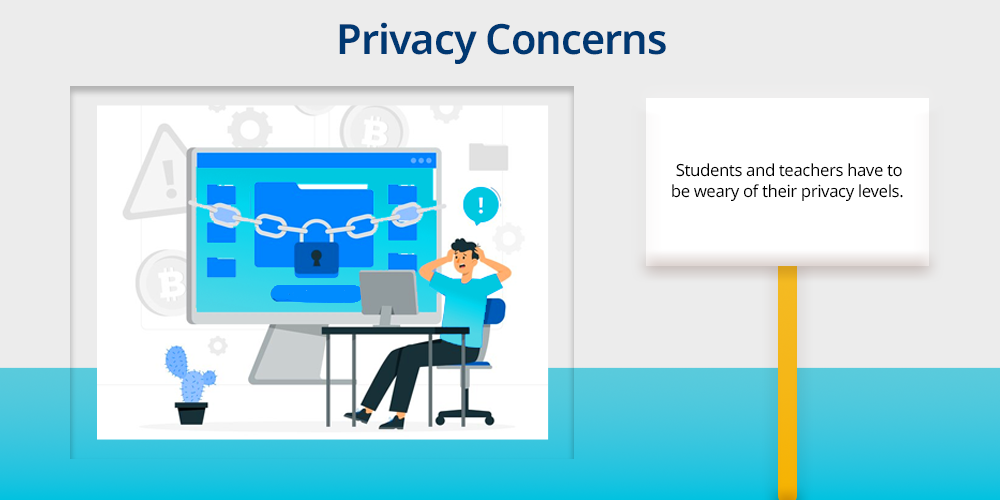
With the integration of more technology into the academic environment means that students and teachers have to be weary of their privacy levels.
The other challenges that are associated with use of technology in teaching and learning includes: Data breach and other forms of access to private information.
8. Cybersecurity Threats
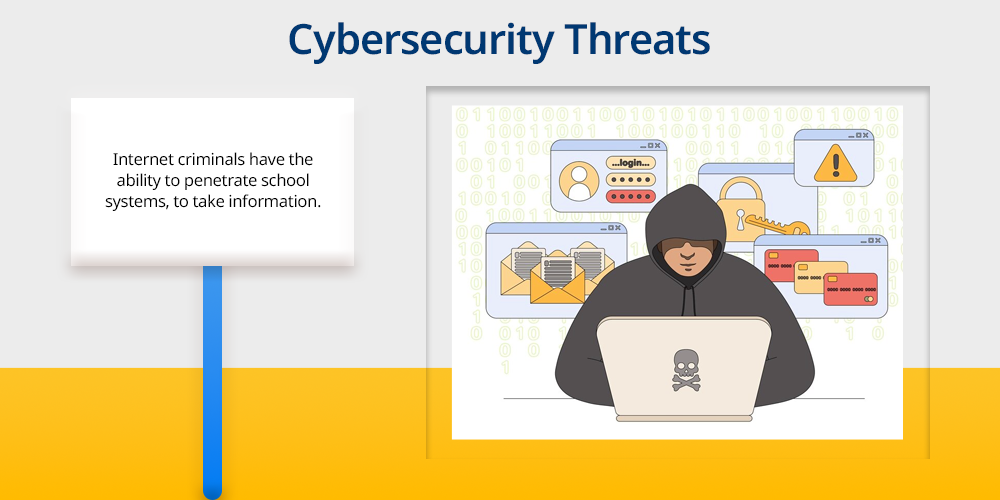
With schools as well as students increasingly using modern technology to access or deliver assignments, they become vulnerable to cybercriminals.
Internet criminals have the ability to penetrate school systems, to take information and even to cause immense detriment, hence the question of security.
9. Decreased Physical Activity
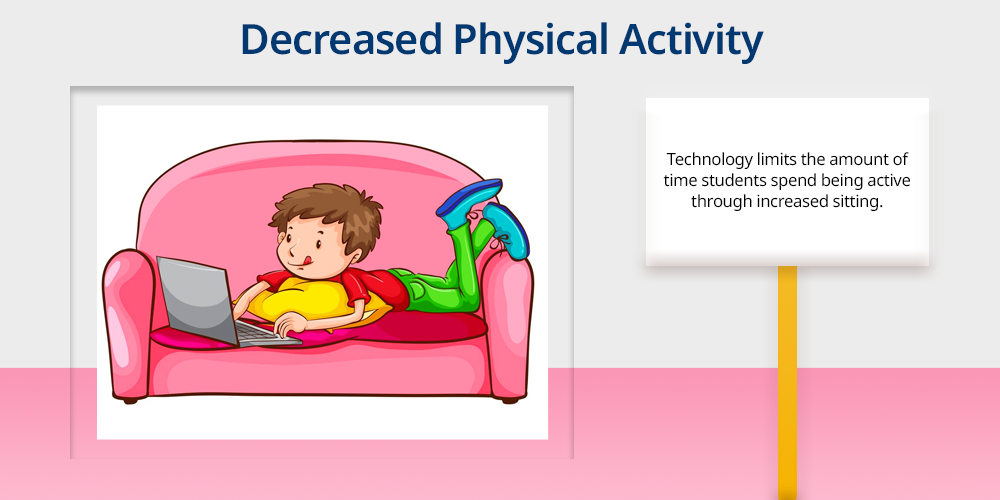
In many cases, technology limits the amount of time students spend being active through increased sitting.
When not accompanied with physical activities that involve the outside environment this kind of lifestyle can have negative effects on a child’s physique, including obesity and poor posture.
10. Negative Impact on Health
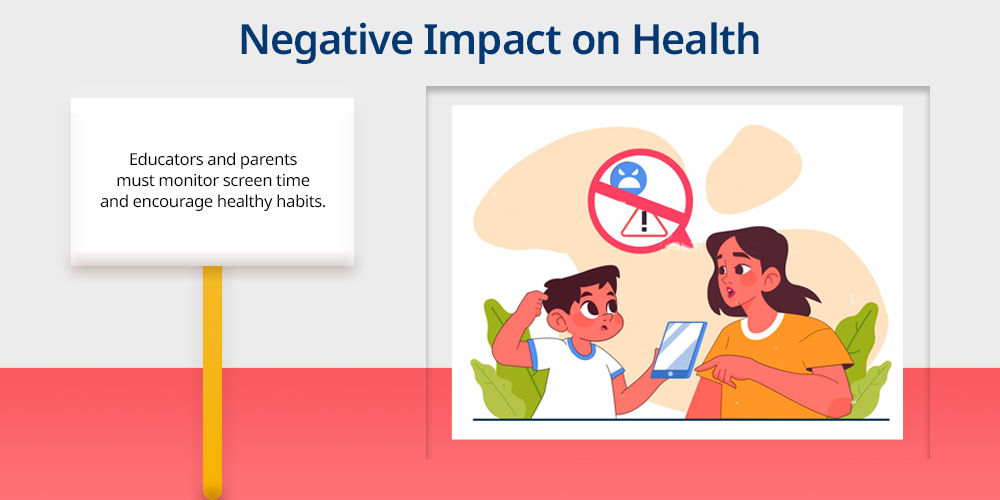
Prolonged use of screens can lead to eye strain, headaches, and sleep disturbances, especially for young children. Educators and parents must monitor screen time and encourage healthy habits.
11. Costs and Resource Allocation
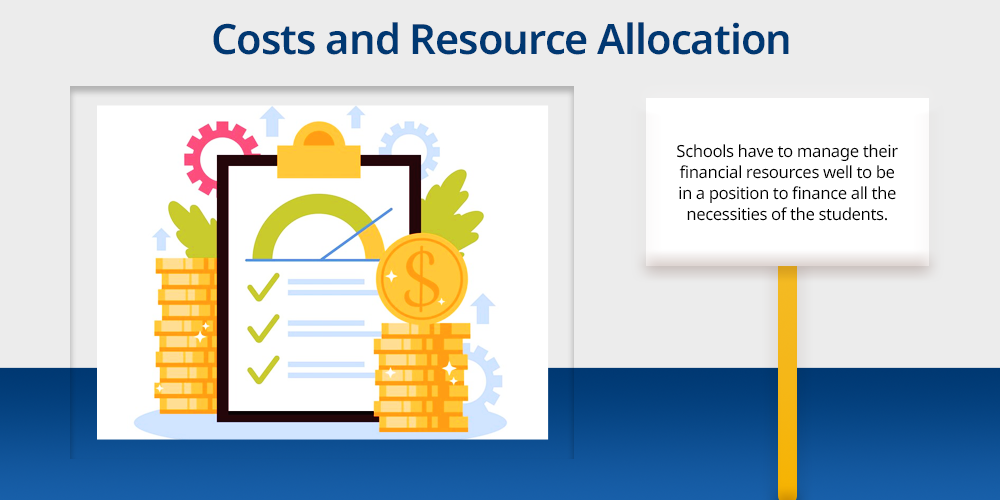
That is the reason why the adoption of technology in the classroom might save costs in the long run but has its own costs such as the cost of the infrastructures, devices and training.
Schools have to manage their financial resources well to be in a position to finance all the necessities of the students.
Also, Have a look at the Cost analysis of Online Education for better idea.
12. Equity and Inclusion Issues
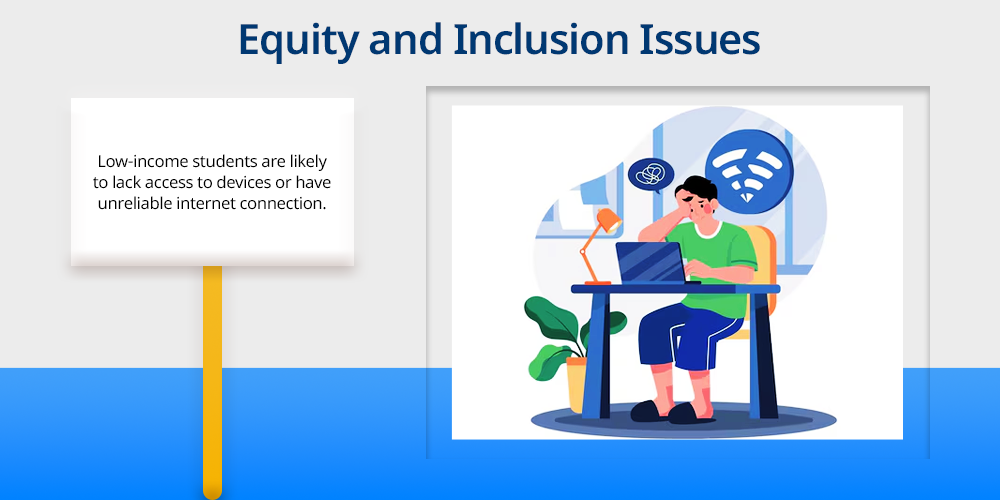
On the one hand, technology appears as an instrument of inclusion, on the other hand – as the means of furthering the existing unequal relations.
Low-income students are likely to lack access to devices or have unreliable internet connection hence the education is not liked by the rest students and an unequal start in class.
Understand in detail about of scope of educational technology .
Conclusion
However, in this analysis of technology in education, the strengths and weaknesses depicted by the technology are taken into account.
Technology can improve learning activities up to a certain degree and it can customise the learning process however on the other hand, there are more dangers of having additional distractions and it divides learners to unique learning experiences.
This means that technology in education should be embraced but with an aim of overcoming the numerous-yet-overcomeable drawbacks and embrace the numerous-hard-to-ignore benefits to ensure that education for the future generations will be effectively delivered.


